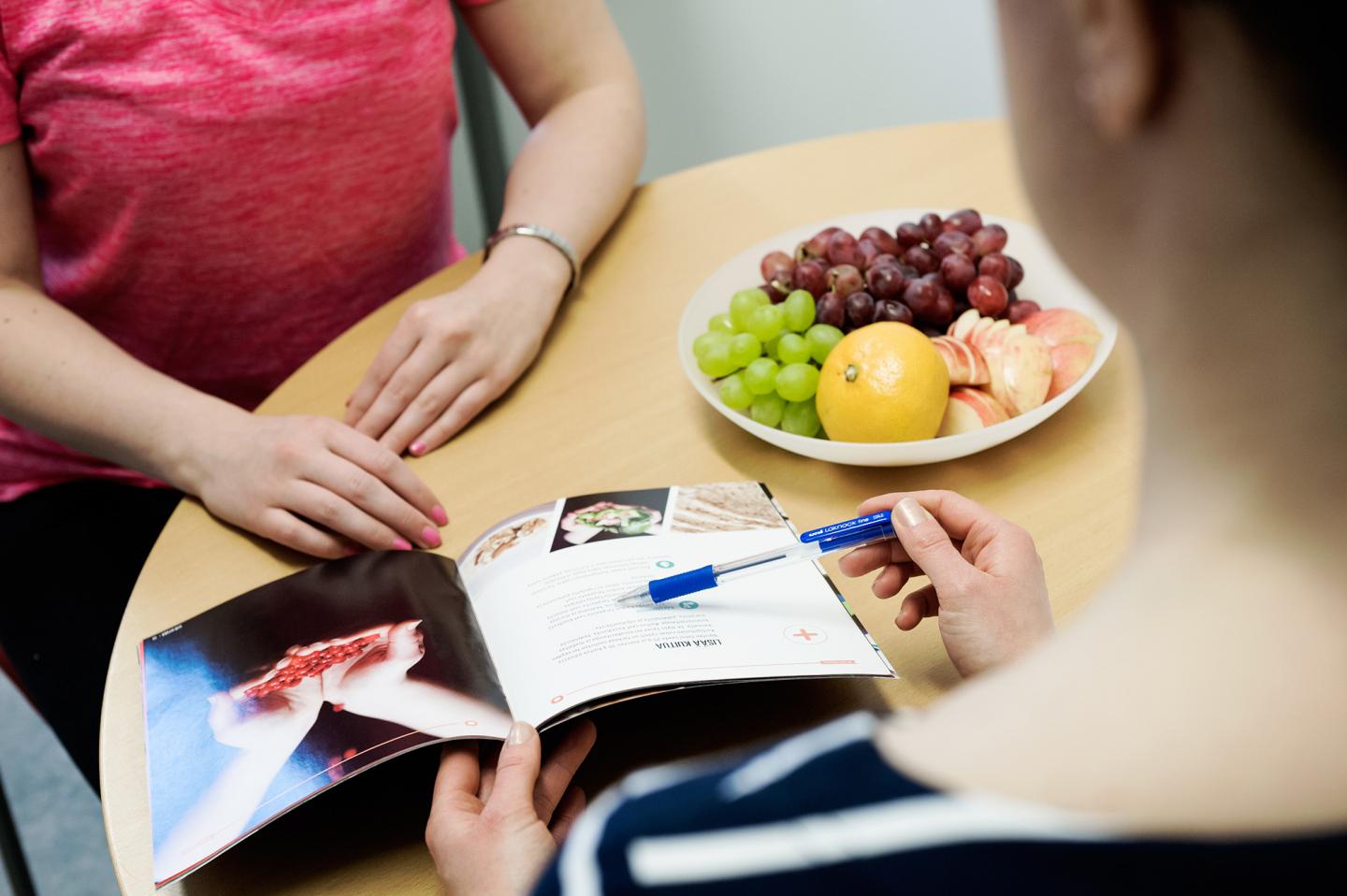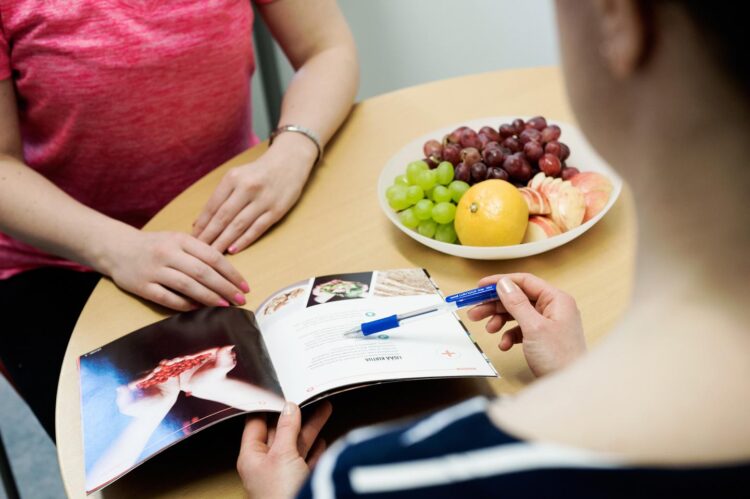
Credit: UEF/Raija Törrönen
A new study from the University of Eastern Finland shows that individualised and family-based physical activity and dietary counselling considerably slows down the development of insulin resistance, which is a precursor of type 2 diabetes, in 6-9-year-old children. Published in Diabetologia, the study focused on predominantly normal-weight children.
Insulin resistance refers to the body’s weakened metabolic response to insulin in the target tissues, i.e. in skeletal muscles, adipose tissue and the liver. Insulin resistance is usually the first sign of disturbed glucose metabolism, developing much earlier than abnormalities in pancreatic insulin secretion, elevated glucose levels and, eventually, type 2 diabetes. Earlier studies have shown that physical activity and dietary counselling reduces insulin resistance in overweight and obese children. This new study from the University of Eastern Finland is significant not only scientifically, but also in terms of public health and clinical practice, because it is the first to show that a combination of physical activity and dietary counselling can be used to slow down the long-term development of insulin resistance in children who were predominantly normal-weight at baseline.
More than 500 Finnish children aged between 6 and 9 years at baseline participated in the Physical Activity and Nutrition in Children (PANIC) study ongoing at the University of Eastern Finland. Children and their caregivers in the intervention group were given individualised and family-based physical activity and dietary counselling over a period of two years. Children and their caregivers in the control group, on the other hand, were given instructions on physical exercise and nutrition as per the national guidelines, but no actual lifestyle counselling. At baseline and two years later, the researchers analysed children’s physical activity and sedentary behaviour using the Actiheart sensor that measures heart rate and body movements. Physical activity was also assessed by the PANIC Physical Activity Questionnaire, and dietary factors were assessed by a 4-day food record over four days. Children’s body fat percentage and lean body mass were measured by dual-energy x-ray absorptiometry, DXA. Fasting serum insulin and HOMA-IR were used as indicators of insulin resistance.
The study showed that during the two-year follow-up, increase of insulin resistance was roughly 35% lower in the group that was given individualised and family-based physical activity and dietary counselling than in the control group. The attenuating effect of counselling on insulin resistance was explained especially by changes in physical activity and sedentary behaviour, and slightly less by changes in overall dietary quality and in the consumption of high-fat spreads. Counselling did not have an effect on body fat percentage or lean body mass, i.e. changes in body composition did not mediate the beneficial effect of intervention on insulin resistance.
“This is an interesting finding. The attenuating effect of physical activity and dietary counselling on insulin resistance in children is likely caused by the fact that physical activity and a healthy diet boost metabolism in skeletal muscles, adipose tissue and in the liver, and not so much by a lower body fat percentage or lean body mass,” Professor Timo Lakka, the lead author of the study, says.
Although type 2 diabetes usually develops in adulthood, research suggests that its prevention is best begun already in childhood.
“Increasing physical activity, reducing sedentary behaviour and eating food of better quality should be a priority for all children, not just for those who are overweight,” Professor Lakka points out.
Professor Lakka points out that in addition to body composition measurements, all children should also be asked about their physical activity, sedentary behaviour and diet when they visit a child health clinic or a school nurse.
“Identifying children who have unhealthy lifestyle habits and who are at an increased risk of type 2 diabetes in adulthood would allow a better targeting of measures that are geared towards preventing type 2 diabetes. The best way to collect lifestyle-related data is to use scientifically validated, well-proven digital applications. This would allow the data to be optimally used for promoting children’s health and well-being, and for making scientifically informed decisions,” Professor Lakka says.
###
For further information, please contact:
Professor Timo Lakka
University of Eastern Finland
Institute of Biomedicine
tel. +358407707329
[email protected]
https:/
https:/
Research article:
Lakka, T.A., Lintu, N., Väistö, J. et al. A 2 year physical activity and dietary intervention attenuates the increase in insulin resistance in a general population of children: the PANIC study. Diabetologia 63, 2270-2281 (2020).
https:/
Media Contact
Timo Lakka
[email protected]
Related Journal Article
http://dx.





